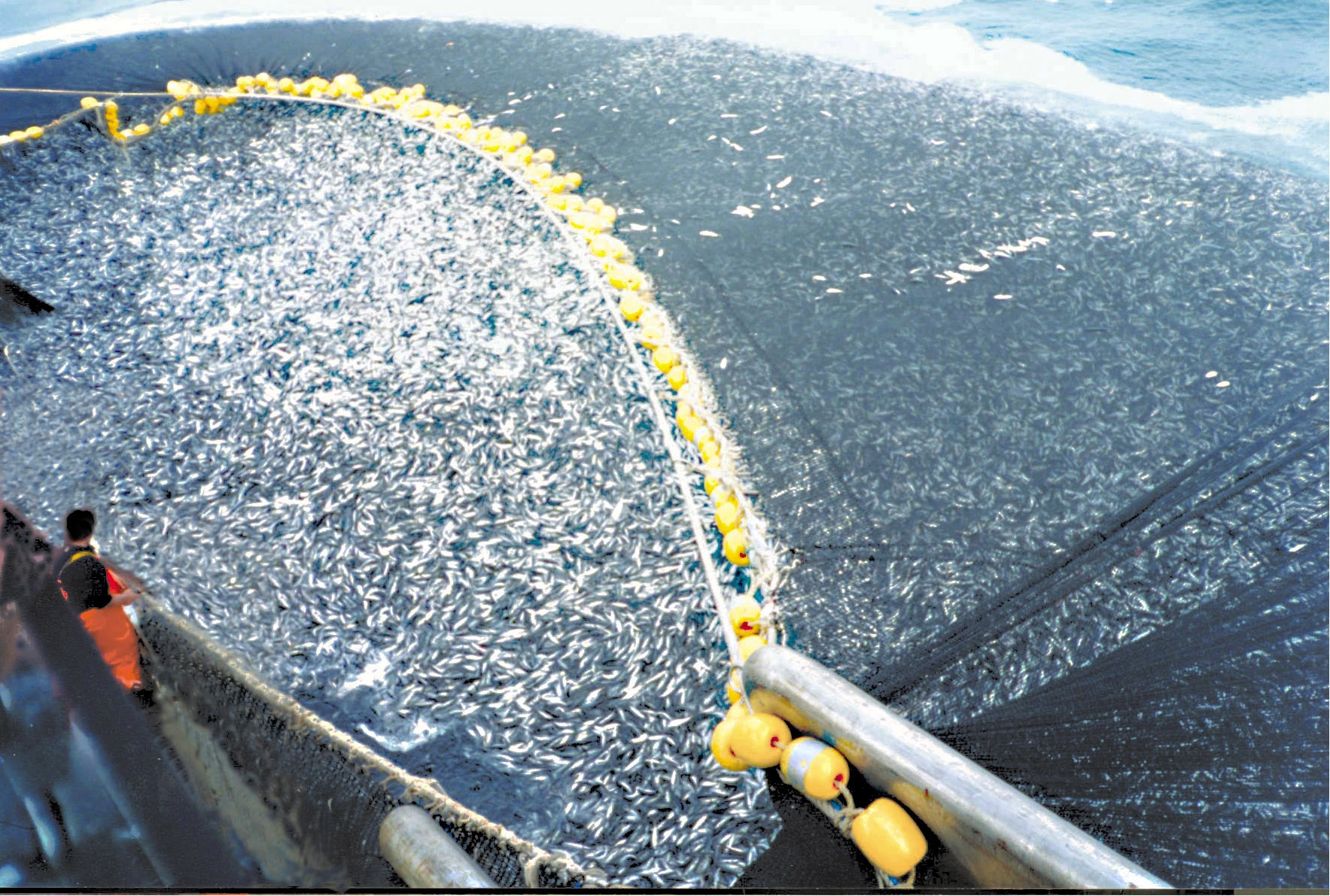In addition to the issues I have previously discussed, overfishing plays a very large part in accelerating the loss of marine biodiversity. Although 200 million people depend on fisheries as a source of income and 20% of the human population use fish as their primary source of protein, there are few regulations to ensure that fish populations remain intact. In fact, fish populations are dropping at tremendous rates. In 1900 the ocean had over six times the amount of fish it did in 2009 and in some areas, like the North Sea, it was 17 times easier to catch fish. Populations of large commercial fish like cod, haddock and flounder have dropped by almost 95%. More than 70% of the fish species on the planet are at risk of elimination, if they haven't been destroyed already.
The Causes
Many fisheries are improperly managed or use illegal practices to get fish (i.e. throwing bombs in the water so all the fish die and float to the surface- a method that destroys not only undesirable fish but also coral reefs). Some fisheries catch up to 50% of their product with illegal methods. Even if more laws are established to prevent overfishing, industries may not abide by them anyway. Although many countries have some sort of fishing regulations, ocean destruction is almost double that of forests.
The Effects
When any species of fish is killed, the ecosystem becomes unbalanced. Species of animals that eat them, such as whales and dolphins or other fish, will also decrease in number or will also be eliminated. When species begins to die, ecological dead zones are created.
 If we kill off fish populations, we will no longer be able to use them for food. People would suffer from malnutrition or even famine. People will lose jobs and will thus be unable to make money and provide for their families. When the Northern Cod Fishery in Newfoundland, Canada collapsed in 1992, over 40,000 people lost jobs and the cod populations were never restored.
If we kill off fish populations, we will no longer be able to use them for food. People would suffer from malnutrition or even famine. People will lose jobs and will thus be unable to make money and provide for their families. When the Northern Cod Fishery in Newfoundland, Canada collapsed in 1992, over 40,000 people lost jobs and the cod populations were never restored.
Potential Solutions
More enforcement needs to be established so companies will fish more sustainably and existing laws will be followed. It won't benefit industries in the long run to catch more fish now if the populations are destroyed in the next few years. Once existing laws are fully enforced, more should be created to ensure population stability. More of the ocean should be set aside for marine protected areas (MPAs). These areas are vital so that at least some of the species can remain safe. Currently, less than one percent of the ocean is protected.
Normal people can help solve the problem of overfishing as well. People can watch the seafood that they eat to make sure they are getting it from a sustainable place. Organizations like Seafood Watch provide info via apps and websites to show you what kinds of fish are safe to eat throughout the year. People and nations must work together to solve the problem of overfishing so that species can survive for the years to come!
Sources:
http://overfishing.org/
http://ocean.nationalgeographic.com/ocean/explore/pristine-seas/critical-issues-overfishing/
http://www.worldwildlife.org/threats/overfishing
http://www.un.org/events/tenstories/06/story.asp?storyID=800

No comments:
Post a Comment